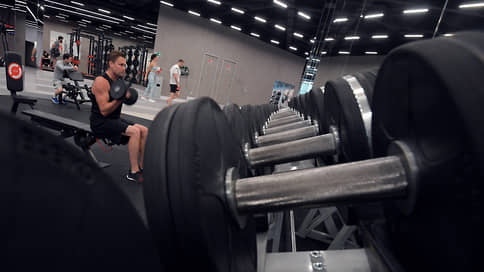Sports clubs can increase the cost of services by 7-12%
[ad_1]

Growing interest in sports will allow the fitness industry to increase turnover by 16% next year, to 250 billion rubles. Club attendance is growing, but largely due to the development of budget formats that offer a monthly payment model instead of purchasing an annual subscription. However, the average business profitability remains low – 5–7%. In an attempt to increase this figure next year, clubs can optimize costs and increase the cost of services by 7-12%.
The turnover of the fitness services market in 2024 may increase by 16% year on year, to 250 billion rubles, FitnessData predicts. For comparison: by the end of 2023, growth is projected to be 18%, to RUB 214 billion. President of the National Fitness Community (NFS) Elena Silina suggests that market turnover this year will amount to 173–174 billion rubles, also estimating growth for the year at 18%.
The head of FitnessData, Maxim Borovikov, attributes the growth of the market in monetary terms both to an increase in the cost of club services by an average of 12% per year, and to the expansion of the client base. According to the expert, a total of 6.5 million people are now involved in fitness throughout the country, which is 6.6% more year on year. Engagement increased from 4.2% to 4.5% of the country’s total population. Mr. Borovikov sees prospects for further growth in the number of students to 5.3% of the country’s population by 2028. According to him, in EU countries 14-15% of the population is involved in fitness.
President of the Association of Fitness Industry Operators Olga Kiseleva connects the increase in interest in exercise with a general interest in a healthy lifestyle and a partial redistribution of income in favor of consuming products and services within the country. Maxim Borovikov adds that the solvency of the population as a whole has increased slightly. “For small towns, the influx of budget funds plays a role, for example, payments to participants of the SVO, employees of defense plants,” he says.
According to the expert, the availability of fitness has also increased: “Clubs are appearing within a 15-minute reach.” According to FitnessData estimates, 550 new commercial properties opened in Russia this year, the volume of investments in them reached 10.5 billion rubles, excluding the construction of new buildings. Next year, according to analysts, the figure could increase by a third, to 14 billion rubles. About 20 major industry players have planned to open at least 100 new facilities by 2024. Thus, DDX Fitness intends to launch 50 clubs, XFit – 35, World Class – eight.
Elena Silina believes that the total number of people working out in fitness clubs has increased by 10% year on year. “But the situation is very different depending on the region: in Moscow the dynamics are pronounced, but in some cities it remains zero or negative,” says the expert.
Managing partner of Vanchugov and Partners, Alexey Vanchugov, also sees an increase in club attendance, but attributes this mainly to the active development of budget formats introducing recurring (monthly) payments, and a decrease in the average bill. “Initially, the economics of the clubs were based on the fact that out of 100% of annual season ticket holders, 40% regularly go; with monthly payments, the figure rises to approximately 60%,” he explains. According to Mr. Vanchugov, those who can afford to pay 5 thousand rubles for fitness. per month, noticeably more than those who are willing to invest in an expensive annual subscription. But business class clubs, according to the expert, cannot afford such a model and are now often faced with an outflow of clients.
Against this background, Elena Silina notes that the margins of fitness clubs remain very low, at the level of 5–7%. Next year, many clubs, in her opinion, will try to raise this figure by optimizing costs and slowly increasing the cost of services. This will also be driven by rising costs. Olga Kiseleva notes that budgets for opening clubs have increased by 40–50% over the year due to an increase in the cost of imported equipment. The dynamics of the increase in the cost of subscriptions next year, according to expert forecasts, will remain at the level of the previous two years, amounting to 7–12%.
[ad_2]
Source link





